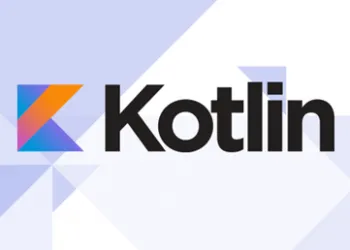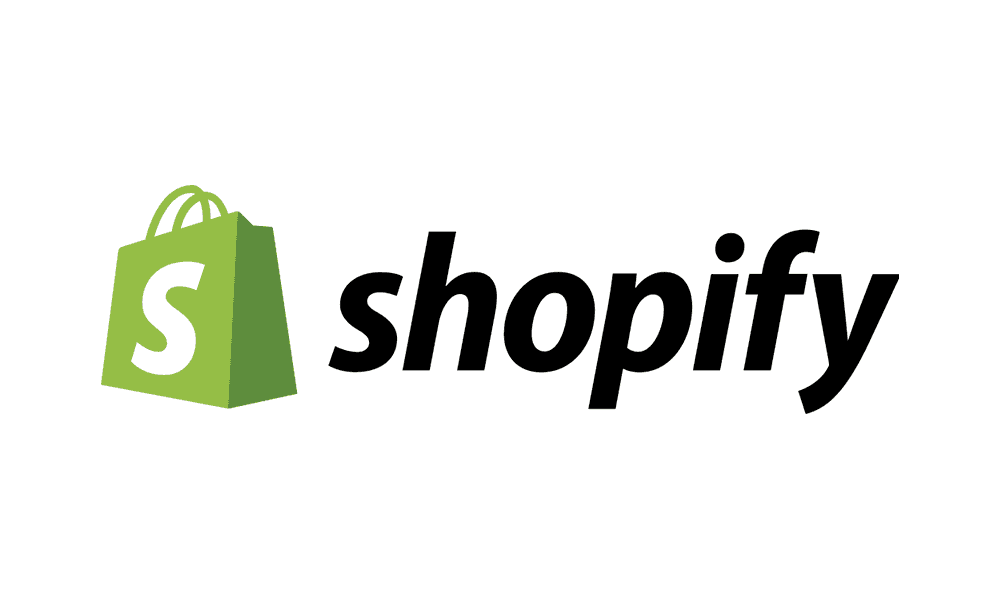Three interesting facts for you to mull over:
- The U.S. has a web design market worth $40 billion.
- DIY platforms offering web development in the cloud services are worth $24 billion in the U.S.
- The DIY platforms providing web development in cloud services have an annual growth rate of 4.9%.
You reading this article shows you understand the importance of web application platforms. However, before you go and hire a custom web application development company, read this article.
In the next five minutes, learn all about the 5 best platforms to develop your web application. The information shared will help you gauge if the agency you’ve hired is using the best possible tools. If you’re an agency owner, you’ll know which web application app for PC would ease your process.
Without further ado, let’s begin.
Note: the information is true at the time of writing. That’s October 2022.
Here’s a table summarizing the pros and cons of the 5 best web-based application platforms.
| Platform | Pros | Cons |
| AngularJS |
|
|
| Ruby on Rails |
|
|
| Node.js |
|
|
| Laravel |
|
|
| Symfony |
|
|
5 best platforms to develop your web application
AngularJS
A JavaScript-based open-source framework, AngularJS offers one of the best ways to develop web applications. The framework comes with an MVC architecture that helps developers to build single webpage applications.
The framework is best suited for building:
- Video streaming apps
- Travel apps
- eCommerce apps
- Review applications
Pros
- Allows developers to turn HTML-based documents into dynamic content.
- Allows developers to modify the source code, thanks to its open-sourced nature.
- Comes with the support of Google; thus you don’t need to worry about the platform’s authenticity or expertise.
- Comes with an MVC architecture. Furthermore, the platform separates the multiple MVC components automatically. Thus, the developers save time.
- Comes with in-built dependency injection. The feature makes it easier for developers to test individual code components.
Cons
- Comes with a steep learning curve. Thus, beginners can find the platform difficult to manage.
- Leaks memory often.
Ruby on Rails
The framework is written in the Ruby programming language and is an open-sourced application framework. The platform allows developers to write less code to accomplish more, especially when compared to the other platforms mentioned in this article.
Ruby on Rails is most popular for the predictability and stability of the platform. Furthermore, developers can add new features and modify existing code without much hassle in the framework.
The framework powers popular applications such as:
- Airbnb
- Hulu
- GitHub
Pros
- Comes with over 100 open-source libraries known as ‘gems.’ The libraries enhance the existing functionalities of the platform.
- Comes with ‘Active Support’ which is a collection of library extensions, transversal items, and utility classes. The features increase the development speed.
- Compatible with all the popular front-end frameworks such as React, AngularJS, and Vue.
- Comes with an intuitive and user-friendly syntax. Thus, even beginners can handle the platform without much hassle.
- Comes with over 5,000 contributors on GitHub. Thus, you can always find help whenever you’re stuck on something.
Cons
- Offers fewer customization features and has a tricky customization process. Thus, app development time can get longer.
- Comes with slow runtime speed and performance, especially when compared to the other platforms mentioned in this article.
Node.js
The JavaScript-based framework is best suited for building video streaming sites and single-page web applications. Furthermore, the framework helps in developing web apps with tiny modules such as:
- Chat
- Newsfeed
- Store
The framework comes with millions of free tools and an active community.
Pros
- Offers high performance for real-time applications; thanks to the fact that the framework is built on Google Chrome’s V8 engine and written in C++.
- Offers easy scalability for applications. The feature is especially beneficial for businesses experiencing rapid or substantial growth.
- Allows developers to write both front-end and back-end codes. Thus, you save on the budget of hiring two teams of developers.
- Comes with a huge community of millions of Node.js developers. Thus, you can always find help no matter the issue.
- The platform is easy to learn. Even beginners can adapt to the platform without much hassle.
Cons
- Performance suffers when the framework handles heavy computing tasks.
- Comes with an unstable API that receives frequent changes.
Laravel
A free and open-source PHP framework, Laravel comes with an MVC architecture. The framework is best suited for developing e-commerce web applications.
The framework offers object-oriented and pre-installed libraries.
Pros
- Comes with an in-built access control system. Thus, developers have full control over role-based access and user authentication.
- Comes with an MVC architecture that enhances performance.
- Comes with an email integration feature. Thus, developers can use drivers for email services including Amazon SES, Sendmail, and Mandrill.
- Offers caching support through in-built drivers. The feature offers high backend performance, advanced memory management, and high-speed task execution.
- Comes with an in-built feature for resolving configuration errors and handling exceptions.
Cons
- Doesn’t offer in-built support.
- Can cause issues after updates.
Symfony
The PHP web development framework is best suited for building high-performance web applications. The framework offers detailed documentation and an ecosystem full of plugins.
The platform is open-sourced.
Pros
- Comes with dependency injection that makes classes co-dependent. The feature reduces redundant coding and thus the developer needs to work on fewer changes.
- Comes with a unit testing feature with PHPUnit. The feature helps developers check for and spot bugs faster.
- Comes with an email library; Swift Mailer. The email library helps in integrating email safety practices, improves the authorization process, and allows developers to send attachments of bigger sizes.
- Comes with Scaffolding and is compatible with all the popular databases such as MySQL, Oracle, Drizzle, SAP Sybase, and PostgreSQL.
- Comes with bundles – a feature similar to that of plugins. The feature allows developers to change the code faster.
Cons
- Testing takes more time because developers need to rebuild the code for several uses.
- Comes with a steeper learning curve. Thus, beginners can have a tough time getting a hang of the framework.
Best platforms to develop your web application – which one should you choose?
The free web application development software you should choose will depend on your needs and preferences.
If you want an open-sourced platform with an MVC architecture that helps you turn HTML-based documents into dynamic content, go for AngularJS. However, if you want a platform with more than 100 open-sourced libraries and library extensions, opt for Ruby on Rails.
Now that you know about the 5 best platforms to develop your web application, we hope the knowledge will help you in choosing the best platform as per your needs and preferences.















